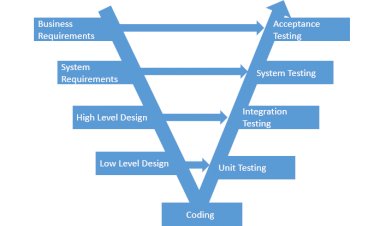TCP/IP model advantages and disadvantages
It ensures that all the devices visit the internet are recognizable since it issues a unique address to each one of them for identity purposes.

Advantages of TCP/IP Model.
- It ensures that all the devices visit the internet are recognizable since it issues a unique address to each one of them for identity purposes.
- Enhances scalability since its services are not disrupted during additional of a network.
- Organizations are able to inter-network among themselves by the help of this model.
- A secure connection can be set up between one computer and another.
- The model is open for use by anyone as long as the person is authorized since it is not entitled to a particular person
READ ALSO: Online Exam Android App with Admin Panel
Disadvantages of TCP/IP Model.
- Its intended purpose as it was being developed was for wide area networks and hence it is not suitable for use by networks using local area network.
- TCP/IP Model does not give the exact difference between the physical layer which is the lowest layer and the data-link which follows the physical layer. The two layers have functions which are not similar to each other which the model does not well define.
- The model is more complex and complicated to understand how data is transmitted through a network from the source to the destination.
- The process involved in the replacement of a protocol is not easy using the TCP/IP Model.
READ ALSO: Task Reminder app with Free Sourcecode
DIFFERENCES BETWEEN OSI MODEL AND TCP/IP MODEL
- The OSI model was established by International Standard Organization (OSI) while the TCP/IP model was established by Advanced Research Project Agency Network ( ARPANET).
- The OSI model states a clear difference between services, protocols and interfaces while TCP/IP does not clearly state differences between services, protocols and interfaces.
- The OSI model consists of seven layers while the TCP/IP model consists of four layers.
- In the OSI model, the physical layer and data link layer are two separate layers while in TCP/IP model they are combined to form the Network layer.
- The approach used in OSI model is vertical while the approach used in TCP/IP is horizontal.
READ ALSO: Customer Relationship Management System
SUBSCRIBE TO OUR YOUTUBE CHANNEL BELOW TO WATCH MORE VIDEOS

























